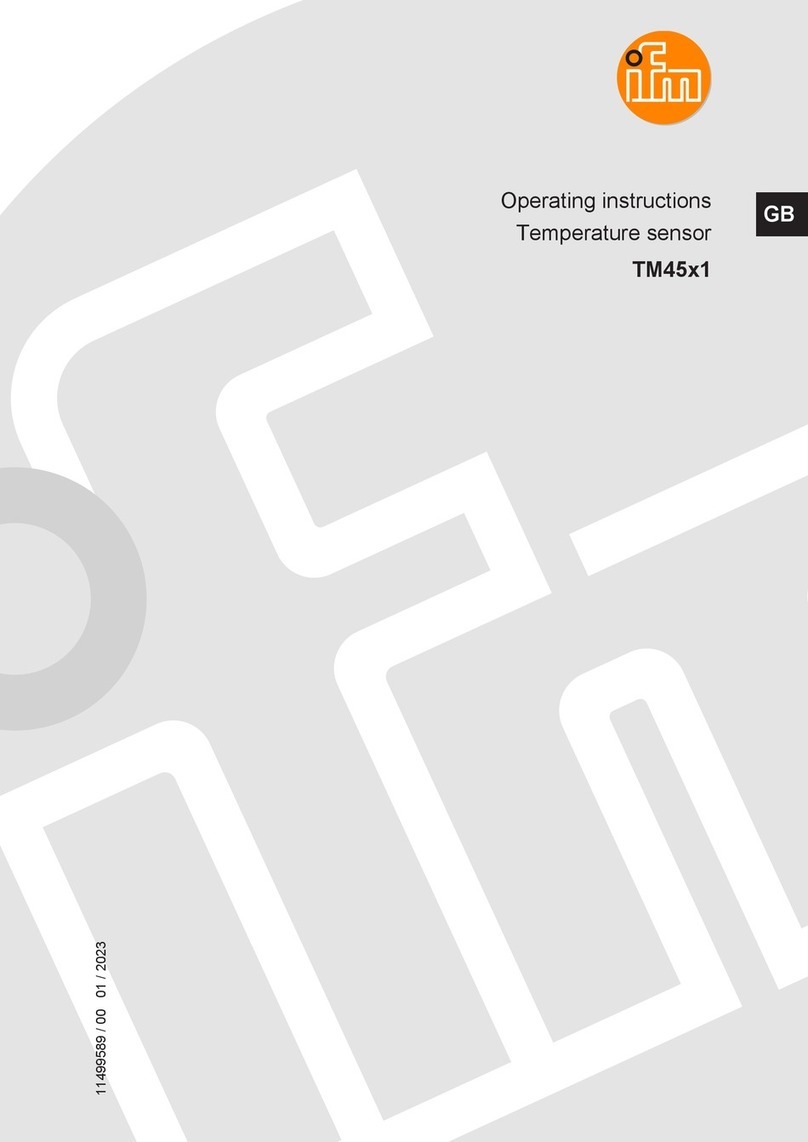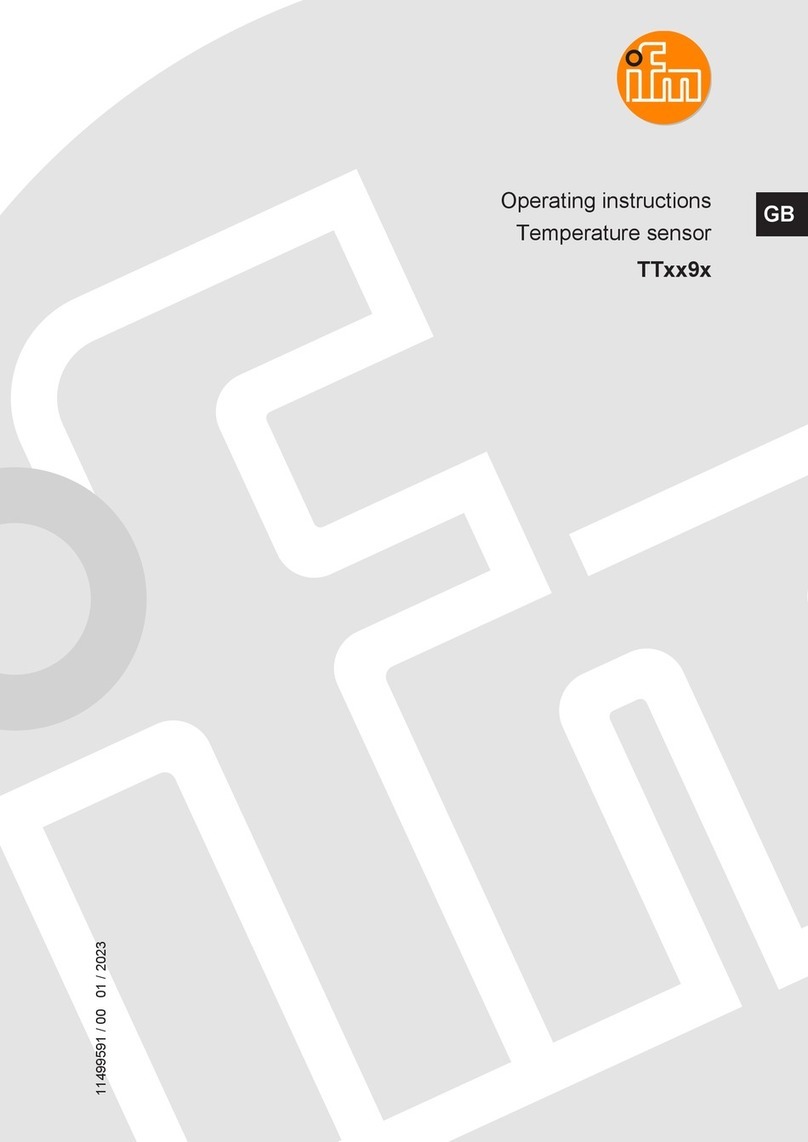
3
UK
8 Operating and display elements ........................................................................25
9 Menu..................................................................................................................26
9.1 Menu structure.............................................................................................26
10 Parameter setting ............................................................................................27
10.1 Parameter setting in general .....................................................................27
10.2 Basic settings ...........................................................................................28
10.2.1 Assign process values to the outputs [SEL1] / [SEL2]......................28
10.2.2 Assign process value to the display [SELd]......................................28
10.2.3 Define unit of measurement for level [uni.L] .....................................28
10.2.4 Set the unit of measurement for the temperature [uni.T]..................28
10.2.5 Set the offset [OFS] ..........................................................................29
10.2.6 Set the medium [MEdI] .....................................................................29
10.2.7 Set the overflow prevention [OP]......................................................30
10.2.8 Adjust the overflow prevention [cOP]................................................30
10.3 Setting of output signals ............................................................................31
10.3.1 Set output function [ou1] for OUT1 (switching output) .....................31
10.3.2 Set output function [ou2] for OUT2 (analogue output) .....................32
10.3.3 Define switching limits [SP1] / [rp1] (hysteresis function) ................32
10.3.4 Define switching limits [FH1] / [FL1] (window function) ....................32
10.3.5 Scale analogue signal [ASP2] / [AEP2] ............................................32
10.3.6 Set switching delay [dS1] for switching output .................................33
10.3.7 Set switch-off delay [dr1] for switching output ..................................33
10.3.8 Define switching logic [P-n] for switching output .............................33
10.3.9 Define response of the outputs in case of a fault [FOUx] ................33
10.3.10 Configure display [diS]....................................................................33
10.3.11 Reset all parameters to factory settings [rES] ................................33
11 Notes on parameter setting via IO-Link ...........................................................34
12 Operation.........................................................................................................34
12.1 Operation indication...................................................................................34
12.2 Read the set parameters ...........................................................................35
12.3 Read / reset extreme value memory temperature .....................................35
12.4 Fast selection level / temperature..............................................................35
12.5 Error indications.........................................................................................36
12.6 Output response in different operating states............................................36
13 Technical data..................................................................................................37






























